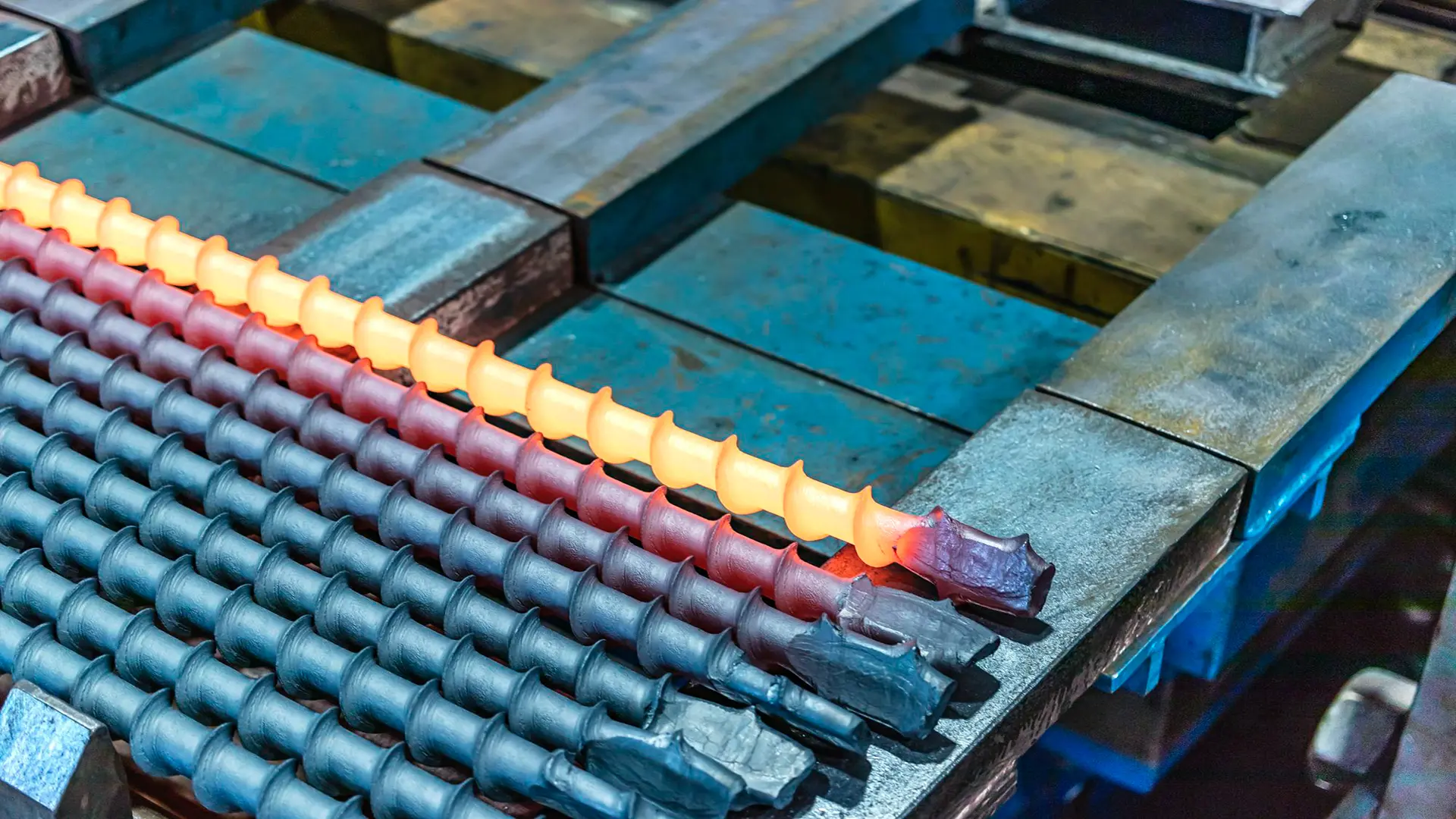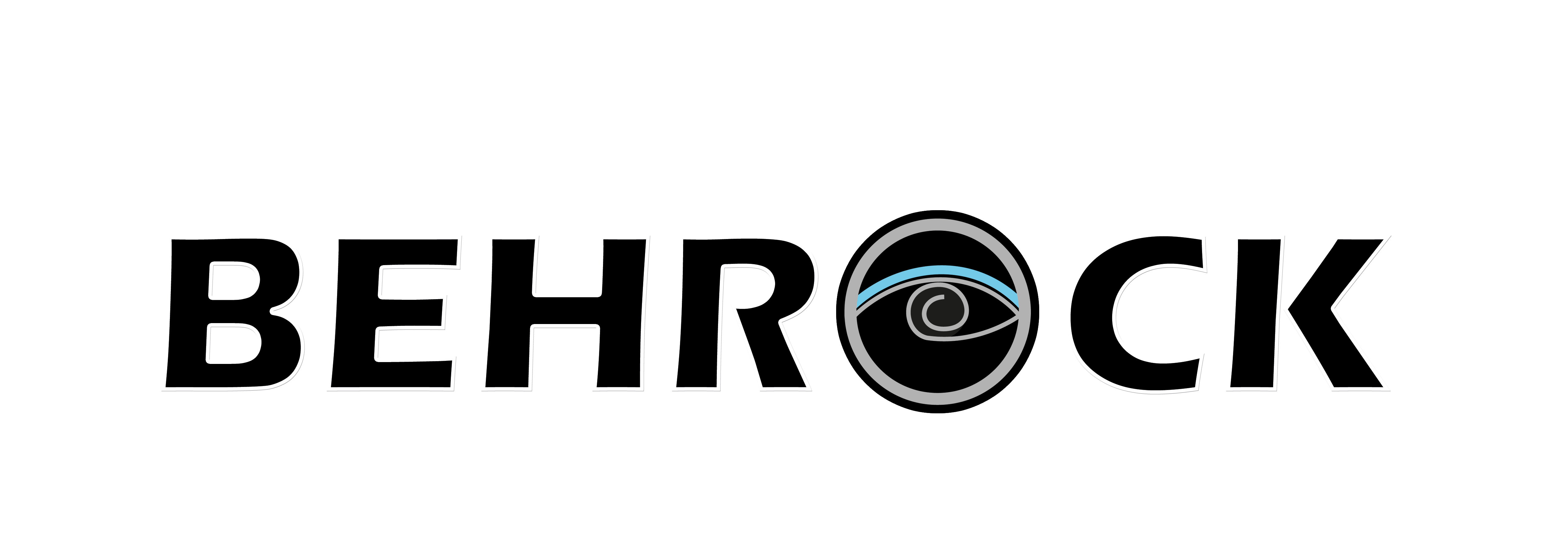
Nickel is a chemical element with the symbol Ni and atomic number 28. This metal, with a shiny, silvery appearance and a face-centered cubic crystal structure, is found in nature. Nickel has valencies of 2 and 4, its atomic mass is 58.71, and it has five stable isotopes. This element is located in Group 8 (VIII) and Period 4 of the periodic table of elements and is classified as one of the transition metals.
General Mold Making Steps:
- Mold Design
Using software like AutoCAD or SolidWorks, the mold is designed based on the final shape of the part. - Mold Manufacturing
The mold is manufactured using machinery such as CNC, lathe, milling, wire EDM, spark erosion (EDM), etc. - Mold Assembly and Testing
After the mold components are manufactured, they are assembled and tested to ensure proper functionality.
Types of templates
Plastic Injection Mold: For plastic parts like bottles, caps, industrial components. Extrusion Die: For producing profiles and sections with long lengths like pipes, aluminum or plastic profiles. Die Casting Mold: For injecting molten metals like aluminum or zinc. Blow Mold: For making bottles and hollow containers.

Molding Application
Automotive industries, construction industries, packaging industry, home appliance manufacturing, electronics and medical
